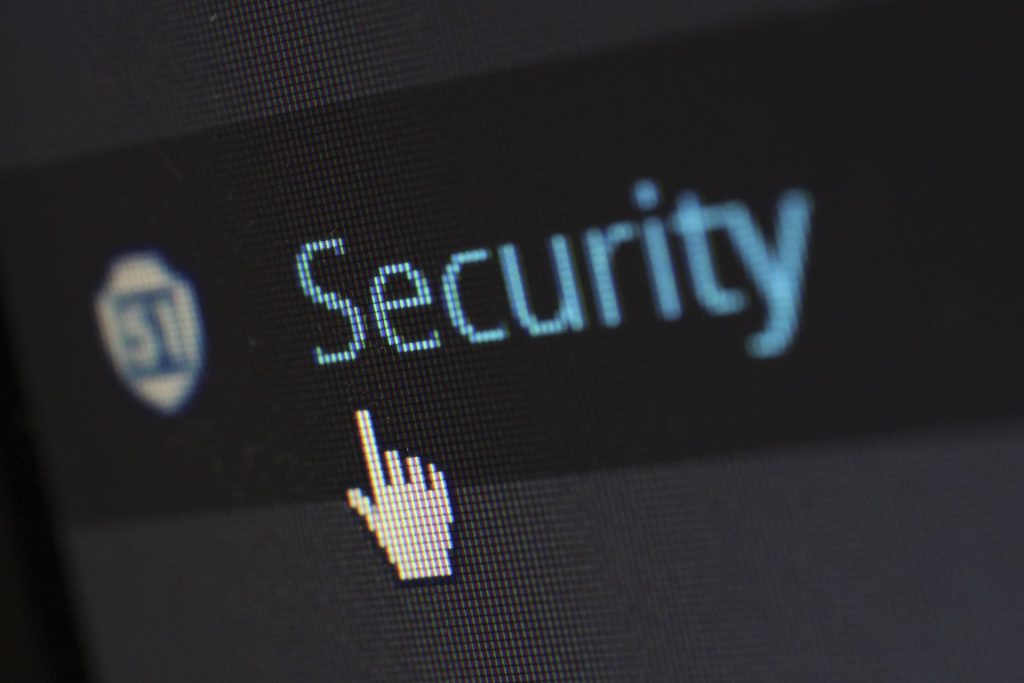Tips for Preventing WordPress Websites from Hackers
WordPress is one of the most popular content management systems (CMS) used for building websites. While its popularity brings numerous advantages, it also makes WordPress websites a prime target for hackers. However, with the right security measures in place, you can significantly reduce the risk of your WordPress website falling victim to cyberattacks. In this article, we will explore essential tips for preventing hackers from compromising your WordPress website’s security.
1. Keep WordPress Updated:
Regularly updating your WordPress installation, themes, and plugins is crucial for maintaining a secure website. Updates often include security patches that address vulnerabilities discovered in previous versions. Enable automatic updates or regularly check for available updates in your WordPress dashboard.
2. Use Strong and Unique Passwords:
Creating strong, unique passwords is a fundamental aspect of website security. Avoid using common passwords or easily guessable combinations. Utilize a combination of uppercase and lowercase letters, numbers, and special characters. Consider using a password manager to securely store your passwords.
3. Limit Login Attempts:
Hackers often use brute-force attacks to gain access to WordPress websites by repeatedly attempting different username and password combinations. Implement a plugin or security feature that limits login attempts and blocks IP addresses after a certain number of failed login attempts.
4. Implement Two-Factor Authentication (2FA):
Enabling two-factor authentication adds an extra layer of security to your WordPress website. With 2FA, users are required to provide a second verification method, such as a temporary code sent to their mobile device, in addition to their password.
5. Choose Reliable Themes and Plugins:
Only download themes and plugins from reputable sources, such as the official WordPress repository or trusted developers. Regularly update your themes and plugins to ensure you have the latest security patches. Remove any unused or outdated themes and plugins, as they can be potential entry points for hackers.
6. Secure Your wp-config.php File:
The wp-config.php file contains sensitive information, including your database credentials. Move this file to a higher level directory than the default location or use security plugins to protect it from unauthorized access.
7. Implement a Web Application Firewall (WAF):
A web application firewall acts as a barrier between your website and potential threats. It filters out malicious traffic, detects and blocks suspicious activities, and provides an extra layer of protection against common attack vectors.
8. Regularly Backup Your Website:
Perform regular backups of your WordPress website to ensure you can quickly restore it in case of a security breach or any other unexpected event. Store backups on secure offsite locations or use trusted backup plugins.
9. Secure File Permissions:
Set appropriate file permissions for your WordPress files and directories. Restrict write access to essential files and folders, as excessive permissions can make it easier for hackers to modify critical files.
10. Use a Security Plugin:
Install a reliable security plugin specifically designed for WordPress. These plugins offer a wide range of security features, such as malware scanning, firewall protection, and login protection.
Conclusion:
Protecting your WordPress website from hackers requires a proactive approach to security. By following these essential tips, you can significantly reduce the risk of your website being compromised. Remember to stay vigilant, keep your website and its components up to date, and implement multiple layers of security. With the right precautions in place, you can safeguard your WordPress website and provide a secure experience for your visitors.
